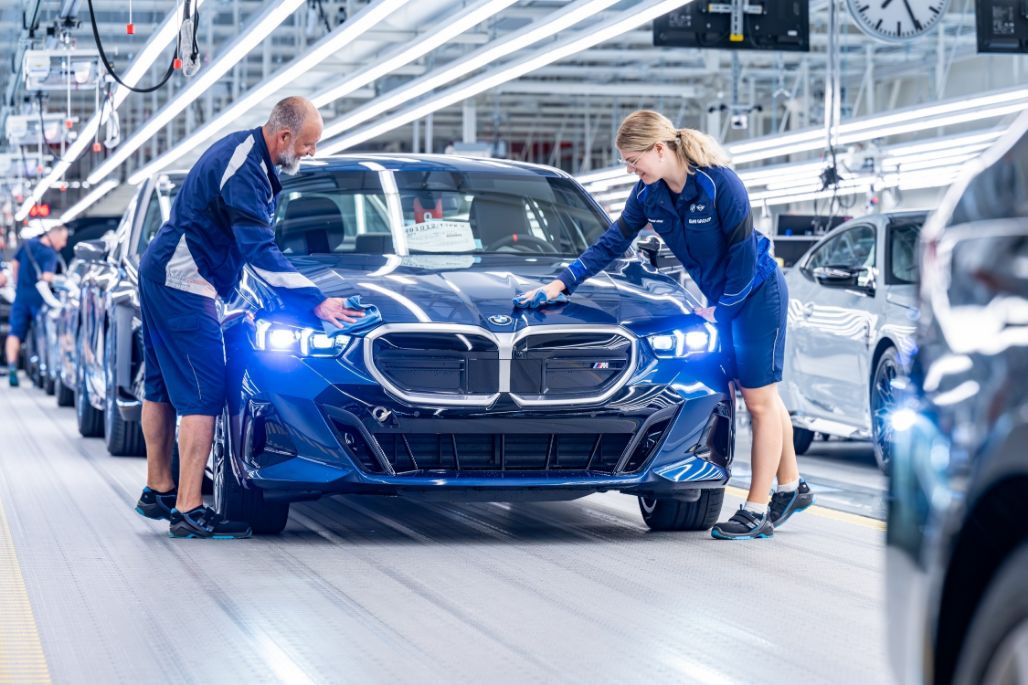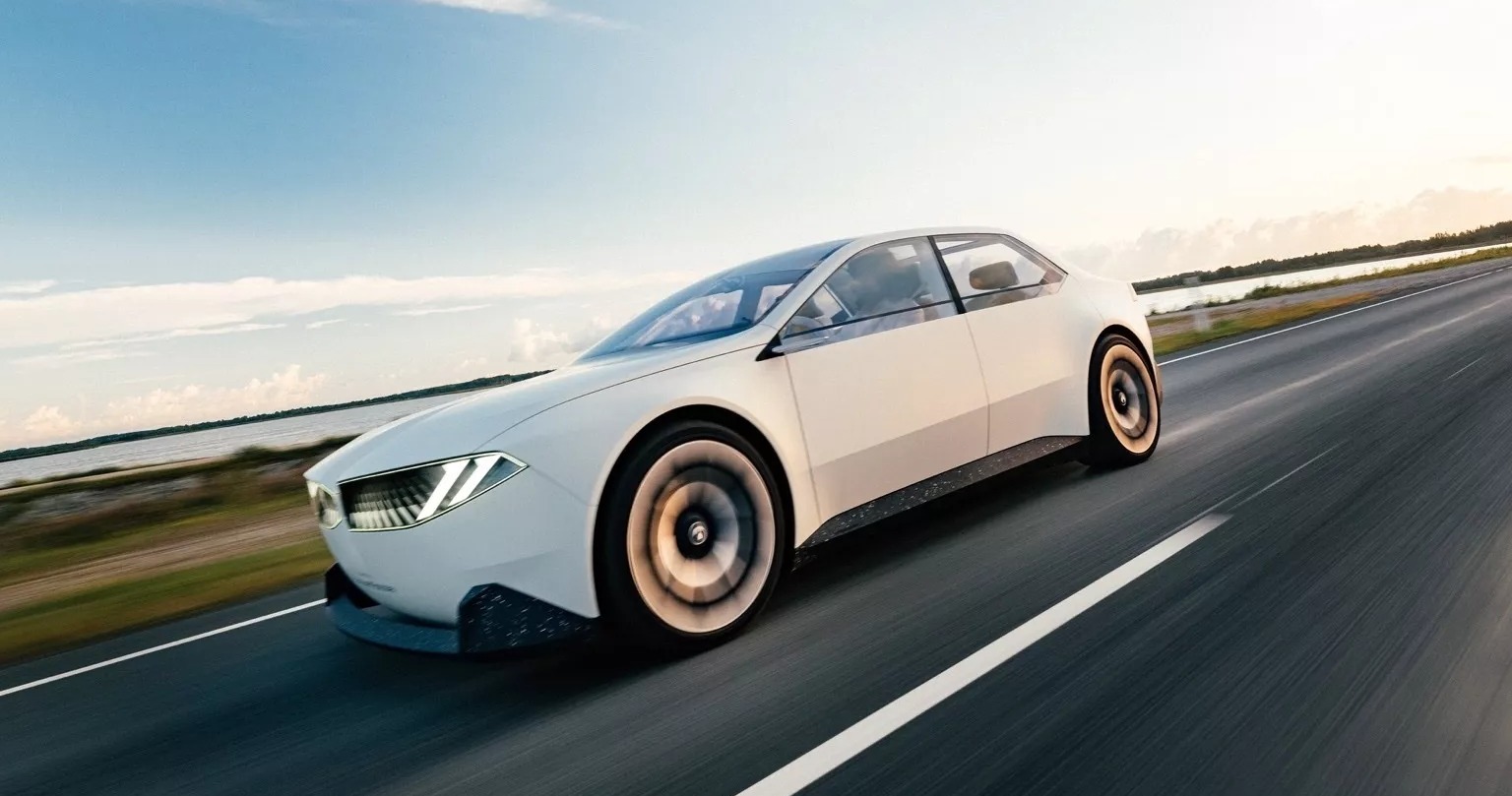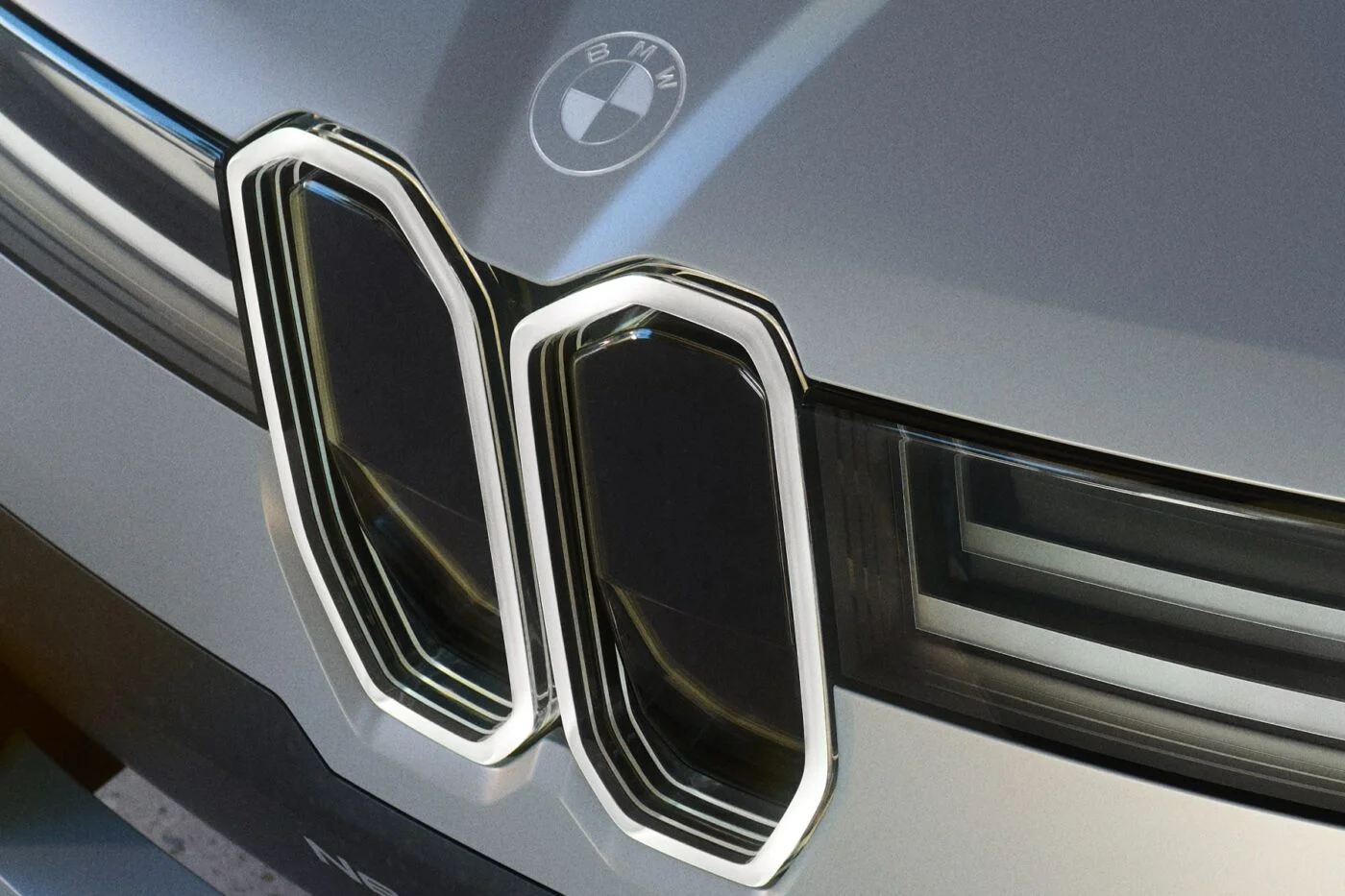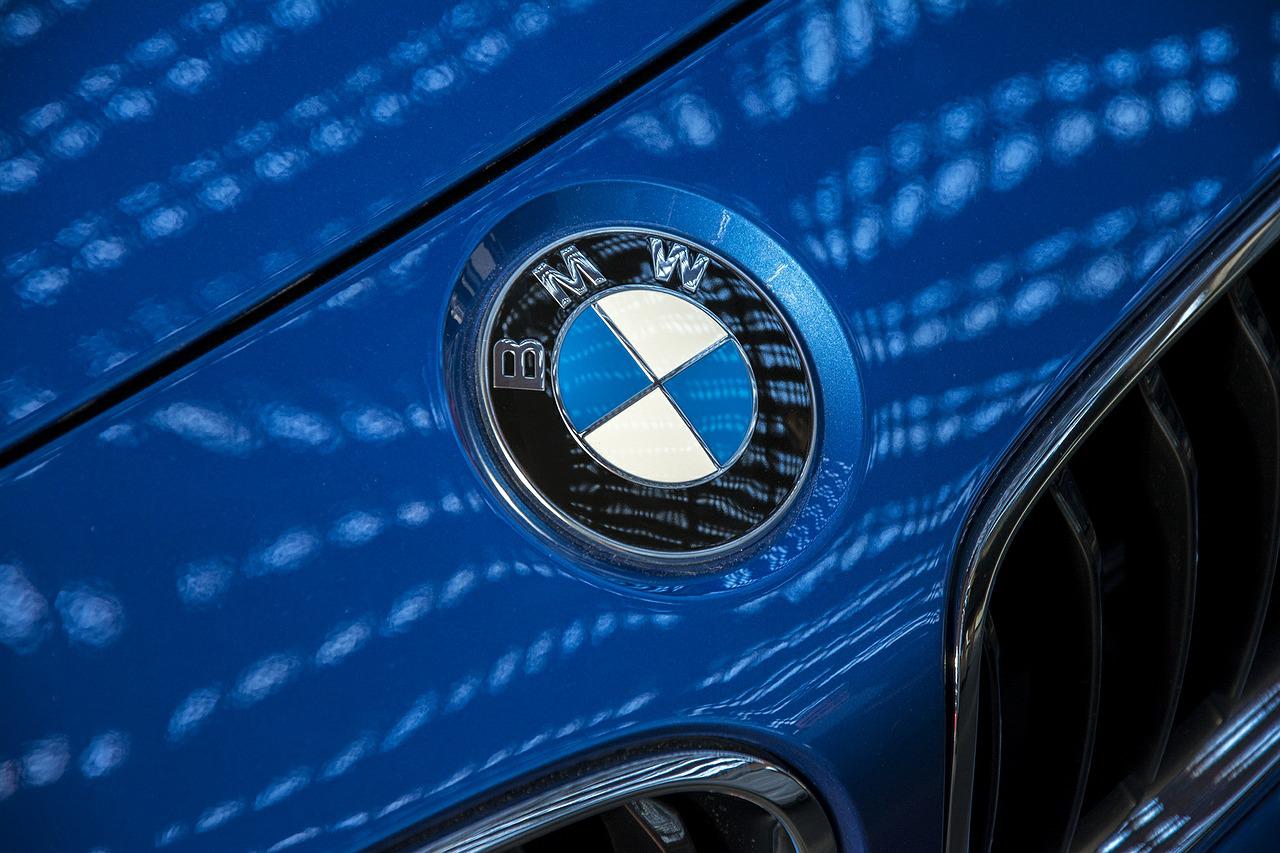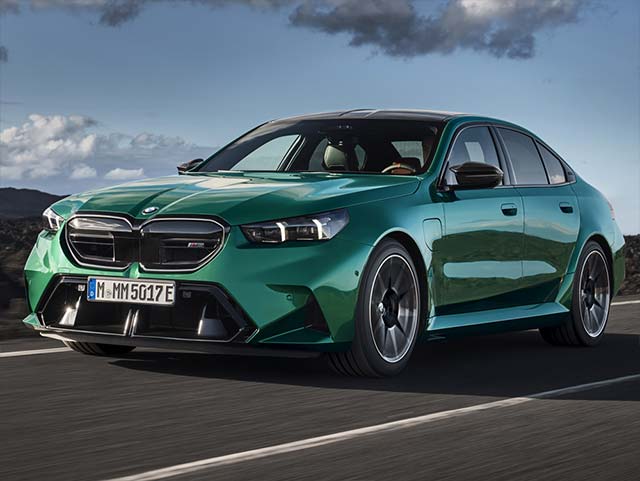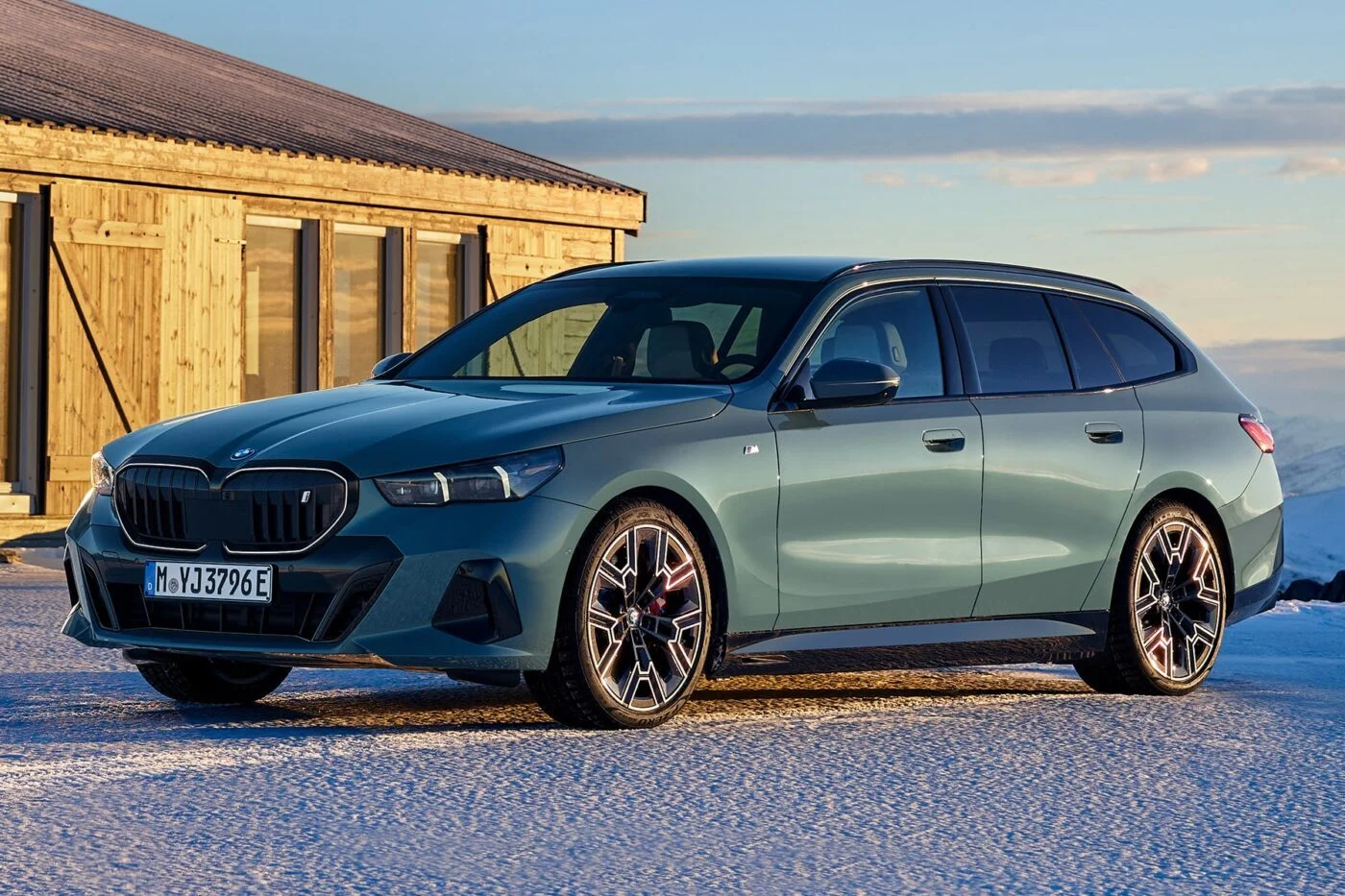BMW is pioneering a flexible approach to production by integrating both internal combustion and battery-electric drivelines on a single assembly line. This innovative strategy aims to future-proof its manufacturing capabilities amidst the evolving landscape of automotive technology.
In a recent interview with Autocar, BMW’s product chief, Bernd Körber, emphasized the brand’s proactive stance in anticipating market shifts. Körber acknowledged the volatility of the transition to electrification, noting that initial estimates for electric vehicle (EV) sales were overly optimistic but have now swung towards being too pessimistic.
See also: BMW Integrates Cerence AI Tools for Enhanced Safety in Self-Driving Vehicles
“Our strategy has always been clear – development in this field is highly dependent on regulatory changes and evolving customer preferences,” Körber stated. “To adapt swiftly, we’ve opted for a technology-flexible approach, enabling us to produce all drivetrains on a single line.”
This strategy offers BMW the agility to adjust production in response to market demands without the need to shut down plants or reduce shifts. Körber highlighted the seamless transition this enables, allowing the company to pivot between different drivetrains as needed.
See also: BMW Introduces Enhanced 3 Series PHEV Models with Extended Electric Range
BMW’s commitment to this approach is evident in its current product lineup. Electric variants of popular models such as the BMW X1, X2, and X3 are already available alongside traditional combustion models in select markets. This integration will extend to upcoming models based on the Neue Klasse platform, including an electric sedan alongside hybrid and internal combustion engine (ICE) versions of the 3-Series.
While the electric version will utilize a new platform, the standard 3-Series will feature an updated version of the rear-wheel-drive architecture currently in use. This cohesive approach underscores BMW’s dedication to providing consumers with a diverse range of choices while maintaining production efficiency and flexibility.

